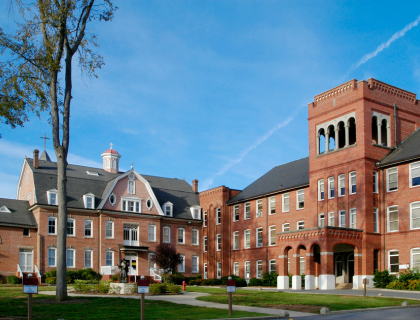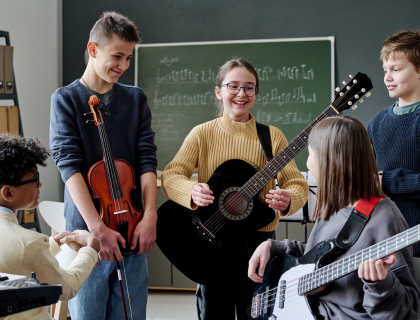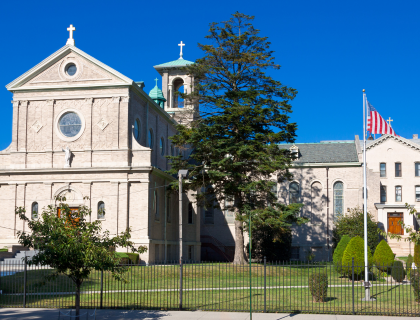A Guide to the Best Junior Boarding Schools in the U.S.
Picture grassy quads, cozy common-room fireplaces, and supportive faculty knowledgeable about what it takes to succeed in academics. This is daily life at a junior boarding school in the U.S., where students in grades 5-9 learn how to prepare for success.
For parents, choosing the best junior boarding school is an important educational decision. Some parents might wonder if their child is too young for boarding, and how these unique schools are structured to support young students during a pivotal moment in their education.

Traditionally, junior boarding schools are a key stepping stone between the comforts of home and the rigors of top secondary boarding schools in the Eight Schools Association like Andover, Exeter, and Deerfield.
This guide helps to break down what makes the top junior boarding schools unique, the criteria parents should consider for choosing a school, and admission tips so that families can find the right fit for their child.
What Is a Junior Boarding School and Why Choose One?
Junior boarding schools are independent elementary and middle schools that feature a boarding program for middle school students. Many of the top New England junior boarding schools belong to JBSA, the Junior Boarding School Association, reflecting the region’s tradition in outstanding boarding education.
These schools meet the developmental needs of younger students while providing them access to resources earlier than traditional schools. Key strengths include:
- Academic & Social Growth: Small classes and faculty mentorship encourage student learning and confidence in the classroom, while structured schedules build strong study habits and students’ independence.
- Nurturing Residential Life: Dorm life is closely supervised, creating a supportive environment where students feel included and at home. Students begin to develop the independence necessary to later thrive in private secondary schools.
- Leadership Opportunities: Roles such as dorm leadership, student government, and clubs give students an opportunity to take on responsibility at an earlier age.
- Admissions Advantage: Junior boarding school graduates are typically more well-prepared for the demands of top-tier secondary schools.
The Best Junior Boarding Schools in the U.S.
1. Eaglebrook School (Deerfield, MA | Grades 6–9 | Boys)
One of the most respected boys’ junior boarding schools, Eaglebrook was founded in 1922 by Howard Gibbs as a private boarding and day school for boys in middle school. Overlooking a beautiful 850-acre campus in Western Massachusetts, Eaglebrook is known for blending strong academics with athletics and outdoor education, with the campus even featuring a ski slope.
- Academic Rigor: Eaglebrook’s mission emphasizes creating a warm, caring atmosphere to help boys develop confidence, learn more than they thought possible, and have fun. Their strongest subjects include advanced math, science, and language courses.
- Residential Life: A 7-day boarding program, with 257 students coming from over 15 countries residing in one of six residential houses staffed by teachers.
- Matriculation: Eaglebrook also features a unique emphasis on leadership training that prepares young boys to transition into competitive secondary schools such as Deerfield Academy, Choate Rosemary Hall, and The Hotchkiss School.
- Affordability: Tuition is about $66,900 for boarding students, and Eaglebrook offers need-based financial aid.
2. Cardigan Mountain School (Canaan, NH | Grades 6–9 | Boys)
Cardigan Mountain offers a whole-child philosophy that balances academics, outdoor exploration, and character growth. With approximately 230 students and a 4:1 student-teacher ratio, Cardigan offers a tight-knit and supportive academic environment. Their school values emphasize compassion, integrity, respect, and courage.
- Academic Rigor: Cardigan’s academic emphasize STEM with programs like “Inventors and Innovators,” character education, study skills, and outdoor exploration through mountain hikes and wilderness skills. PEAKS classes assign a coach to each student to help learn practical skills like time management and organization.
- Residential Life: Primarily a 7-day boarding school with over 90% of students living on campus; however, day options are offered.
- Matriculation: Alumni often matriculate to St. Paul’s School, Phillips Exeter Academy, and Phillips Academy Andover.
- Affordability: Tuition is about $77, 300. Cardigan provides both financial aid and merit scholarships.
3. The Fessenden School (Newton, MA | Grades 5–9 | Boys)
Founded in 1903 just outside Boston in the West Newton suburb, Fessenden offers rigorous academics and co-curricular programs such as robotics, global studies, and debate. It is an independent, boys’ school for day students in grades PK through grade 9, with an option to board in grades 5 through 9. With an enrollment of 543 students, Fessenden is one of the larger junior boarding schools.
- Academic Rigor: Fessenden, or Fessy, offers advanced math, languages, and enrichment programs to challenge its students. Middle school students work toward their goals with project-based learning opportunities while continuing to expand on their character education.
- Residential Life: Offers an option to board in grades 5 through 9. Over 100 students reside in small dorms of 11-15 boys.
- Matriculation: Graduates frequently matriculate at Milton Academy, Andover, and Exeter.
- Affordability: Tuition is around $71,000 for boarding, with financial aid available.
4. Applewild School (Fitchburg, MA | Grades 4–9 | Coed)
A co-ed day and junior boarding private school for students in grades 4-9, Applewild offers domestic and international students a diverse space to learn. Applewild empowers students to practice the school’s core values: respect, fairness, responsibility, compassion, cooperation, honesty, and civic-mindedness. It features an inclusive global community with students hailing from several states and countries.
- Academic Rigor: Middle school students benefit from rigorous academics that pair Core Values and Core Competencies to create engaged and collaborative adolescent learners. Applewild offers strong language arts classes for international students and well-rounded STEM and performing arts programs.
- Residential Life: Applewild’s junior boarding school program welcomes domestic and international students and offers a 5-day or 7-day option. Day students may attend from grades PK-9. Boarding students can participate in weekend activities like apple picking or excursions to nearby Boston.
- Matriculation: 90% of Applewild graduates are accepted into their 1st or 2nd choice secondary school.
- Affordability: 7-day boarding school is priced at $74,500 for boarding students in grades 4-9, and 5-day boarding is about $65,000.
5. Rectory School (Pomfret, CT | Grades 5-9 | Coed)
Rectory is a co-ed junior boarding school in northeastern Connecticut known for its personalized approach to academics with a total enrollment of 250 students. Its values include a strong emphasis on Responsibility, Respect, Honesty, and Compassion, teaching Rectory students to lead with empathy and pride. It blends strong learning support services with a traditional middle school curriculum, making it a good choice for students who like individualized attention.
- Academic Rigor: Rectory’s Learning Services Program provides tailored academic support alongside strong classes in STEM, humanities, and the arts. It emphasizes the development of the whole child through core foundational skills. It’s also well-known for strong sports offerings.
- Residential Life: “Rectory is relationships,” is a proud school saying, showing its focus on building community through school life. Boarding is offered in grades 5-9 with 5-day and 7-day boarding options. Dorms are small, supervised by residential faculty, and feature structured evening study halls.
- Matriculation: Rectory students go on to top boarding schools such as Pomfret School, Choate, and Kent.
- Affordability: Annual boarding tuition is approximately $80,300, while day tuition ranges from $32,000–$39,000 according to grade level. Financial aid is offered to qualifying families.
6. Fay School (Southborough, MA | Grades 7-9 | Coed)
Founded in 1866 about 25 miles west of Boston, Fay is the oldest and first junior boarding school in the U.S.With about 475 students on a 66-acre campus, Fay’s values emphasize integrity, empathy, and global citizenship as part of the “foundation for a meaningful life.” Its school motto, Poteris Modo Velis, or “you can if you will,” shows their emphasis on effort and resilience.
- Academic Rigor: Fay is divided into three divisions, primary, lower, and upper schools. The Upper School, grades 7-9, offers advanced math, science, and foreign language courses, as well as public speaking and leadership training. The average class size is about 14 students.
- Residential Life: Fay offers junior boarding in grades 7 through 9, with approximately 150 students boarding each year. It offers a day student program for grades K-9 as well, with a total enrollment of 475 students.
- Matriculation: Fay graduates consistently attend top prep schools like Andover, Exeter, St. Paul’s, and Deerfield.
- Affordability: Annual boarding tuition is approximately $79,400 with financial aid and scholarship available to qualifying families.
7. Indian Mountain School (Lakeville, CT | Grades 5-9 | Coed)
Located in the Berkshires, Indian Mountain was founded in 1922 and serves about 300 “Falcon” students with a mission focused on honor, respect, and community. IMS makes strong connections between its ‘mountain,’ the environment, and its community.
- Academic Rigor: Indian Mountain provides a rigorous STEM curriculum, the humanities, and the arts, with experiential learning in environmental science and outdoor exploration. They encourage students to stand for something and to inspire changein the world around themselves.
- Residential Life: Boarding life begins in Grade 5 with a 7-day boarding program. Boarders live in six different dorms across the 600-acre campus; the Berkshire mountains are a natural classroom for weekend activities like hiking and skiing.
- Matriculation: IMS graduates attend New England’s competitive schools like Hotchkiss, Taft, Choate, and kent.
- Affordability: Annual boarding tuition is about $67,500, with financial aid offered.
8. Rumsey Hall School (Washington Depot, CT | Grades 6–9 | Coed)
Founded in 1900, Rumsey Hall enrolls about 300 students and is known for its tight-knit community and emphasis on effort, honor, and responsibility. Rumsey encourages students to be themselves, serve the community, and to grow without limit.
- Academic Rigor: Rumsey Hall provides a supportive, family environment for students to grow intellectually and personally. Faculty see every child as a ‘whole person’–a mind, body, creative spirit, and unique personality. This means that every aspect of the curriculum offers a wealth of resources to develop a student’s different facets.
- Residential Life: Boarding is offered beginning in grade 6 with a 7-day boarding program, and day school for grades Pre-K–9.
- Matriculation: Rumsey graduates attend schools such as Kent, Milton, Loomis Chaffee, Taft, and Choate each year.
- Affordability: Annual boarding tuition is approximately $65,000, with financial aid offered.
Conclusion
A junior boarding school in the U.S. can provide an extraordinary foundation for students–academic readiness, leadership development, independence, and a strong transition into top secondary schools.
For families weighing options, Crimson Rise’s personalized boarding school admissions counseling can help you identify the best programs for your child.
Learn more about preparing elite boarding school applications with Crimson’s webinar here.
FAQs
1. What age is best for junior boarding school?
Most students start boarding in grade 6 (ages 11–12), though some programs accept younger students.
2. Do junior boarding schools offer 5-day or 7-day options?
Yes, many offer both. 5-day boarding allows students to go home weekends, and 7-day boarding is common for international families.
3. How do junior boarding schools handle homesickness?
Schools provide advisory programs, dorm parents, and structured routines. Frequent communication with family helps younger students adjust.
4. How competitive is junior boarding school admission?
Admissions are selective but less competitive than secondary boarding. Schools seek balanced applicants with curiosity, good citizenship, and academic readiness.
Last Articles
What happens in a consultation?
- Learn what the application process might require for your child to reach their dream independent school.
- Review customized service package and pricing options based on your specific needs.
- Understand the typical time commitment required from your child for activities like extracurriculars to strengthen their application profile over time.
- Assess your child's current application strengths and areas that may need further development.

%20(26).png)

%20(45).png)
%20(42).png)

%20(39).png)






















%20(21).webp)



